Migration: “Rama’s experiment” – Yesterday’s migrants, today’s guards
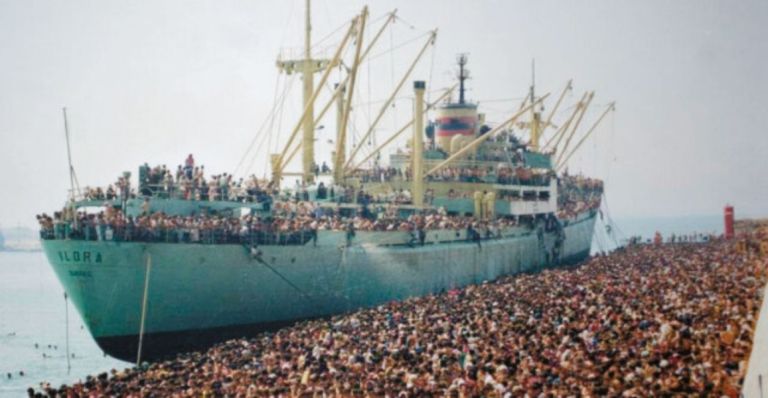
Πηγή Φωτογραφίας: Διαδίκτυο//Migration: “Rama’s experiment” – Yesterday’s migrants, today’s guards
Images from the early 1990s of thousands of Albanians crammed onto all kinds of ships—most famously the “Vlora” with 10,000 passengers—on the journey of hope from Durrës to Italy are not so distant. It was August 8, 1991, when scenes of a drama were unfolding at the port of Bari that were destined to be repeated. Italian port authorities and carabinieri greeted the illegal Albanian migrants with gunfire, even as they desperately fell into the sea, trying to swim to the “land of promise.”
They were fleeing a country that had just freed itself from the communist grip, offering them nothing but poverty. An unforgettable welcome… with deaths, injuries, beatings, hasty returns, and for those who managed to stay, whether legally or illegally, a life filled with tremendous hardships, preyed upon by Mafia gangs from both sides, enduring humiliations and discrimination in their pursuit of a better life.
Many found justice. Despite the challenges, they integrated into society and ultimately succeeded in changing their lives. Like others of their compatriots who, during the same period, took the road to Greece. They crossed the borders by any means necessary, even on foot. The images may be old, but they are not so far gone as to be forgotten. The crucial difference is that, however massive this migration wave was, it did not face the same harsh and inhumane treatment as in Italy.
A Change of Scene
Today, after a generation, these images surprise. Albania is transforming into a host country, specifically a transit country for migrants. Yet it remains a nation of migrants. It ranks third in the world, proportionally, with one-third of its born citizens living outside its borders, either legally or illegally. In Greece alone, 400,000 Albanian migrants live legally. Many do not hide their desire to seek a different future in advanced Western countries. Those who can do not miss any opportunity. This is understandable, as the standard of living in the country is still at 32% of the average European level.
Nevertheless, Albania is now becoming the first non-EU country to host and detain irregular migrants sent there by an EU member state. The first notable “third country.” With two centers already operational since last Wednesday, they have welcomed migrants coming from Italy.
This attempt at a change of scene bears the signature of Edi Rama. The Albanian Prime Minister has four goals: first, to be favored by Europeans and the West in general as a mature and useful partner in the region; second, to improve the economy and the income of his compatriots; third, to maintain internal and international balances with the Muslim element that predominates in Albania (46%); and fourth, directly related to the previous points, to be re-elected as Prime Minister next year for a fourth consecutive term.
A detail of obvious significance: in the first three goals, he seeks to condense the modern national strategy of Albania and identify it with his own. His framework goal is to become the vision of the country. To a considerable extent, he has achieved this. If he is rewarded by achieving the fourth goal, he will have taken another step toward being remembered in history as the reformer of the modern Albanian nation and state. It is indeed an ambitious plan; however, what concerns Greece is that in the name of its success, he primarily risks good neighborly relations by systematically violating the rights of the Greek minority.
Therefore, it is not surprising that he has no difficulty overturning previous major choices. With his agreement with Giorgia Meloni, for instance, he contradicts a doctrine of Albanian foreign policy that he defined six years ago. On June 28, 2018, he categorically excluded the slightest possibility of accepting the establishment of refugee hotspots in his country. “Wanting to turn Albania into a buffer zone for Europe’s refugees is a dangerous solution. I have never considered making such a ‘heroic gesture’ in exchange for EU membership,” he noted in an interview with Bild.
History, however, is being written differently, with Rama contradicting himself. The two centers were inaugurated the day after the start of the EU-Albania accession negotiations. A mere coincidence?
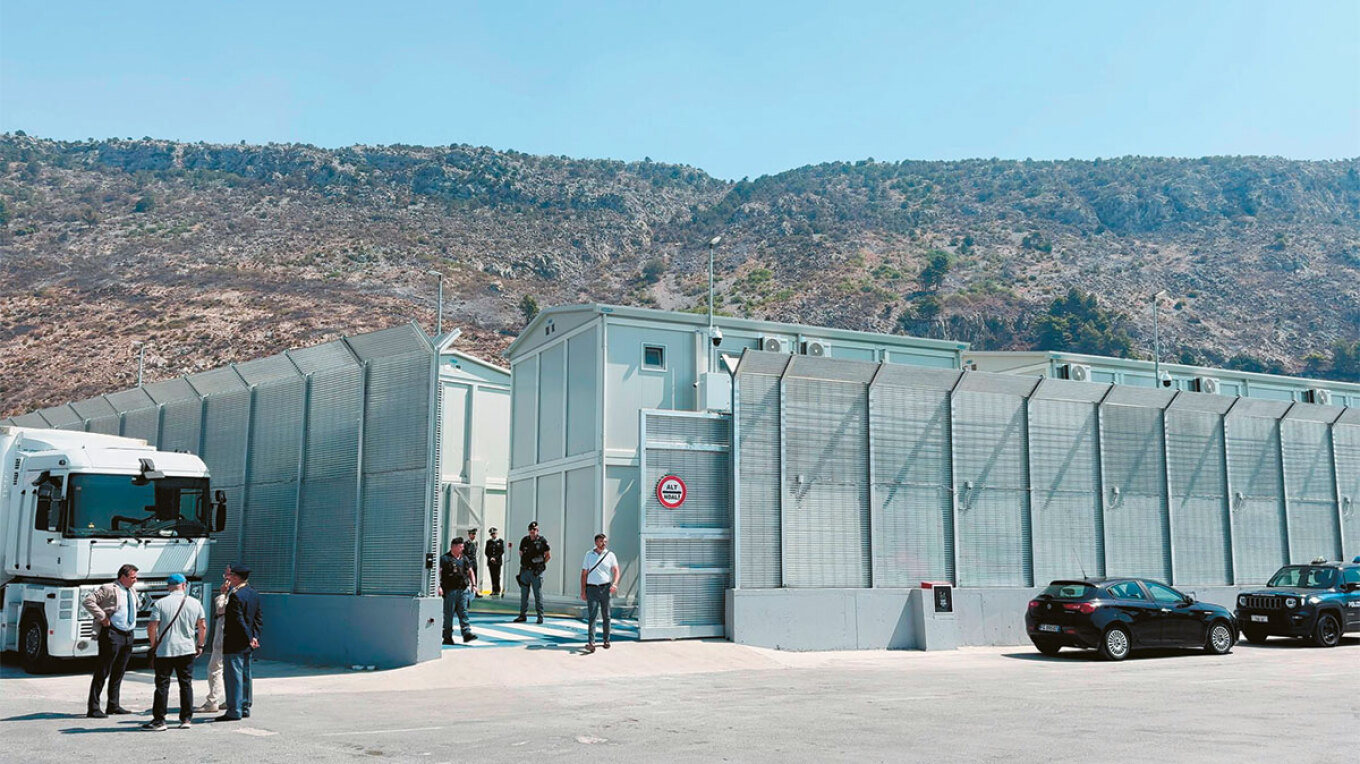
The Agreement with Meloni
In any case, Rama has reasons to feel pleased. Last Tuesday, after a long wait, the EU-Albania accession negotiations began. The following day, the Italian Navy ship “Libra” docked at the port of Shengjin in the northwest of the country after a 36-hour journey, bringing 16 migrants from Bangladesh and Egypt from Lampedusa. This marked the debut of the Rama-Meloni agreement, which foresees the transfer of asylum seekers from Italy to a third country, namely Albania, where their applications will be processed.
This controversial agreement has already sparked many reactions. While it may indeed respond to the need for a stricter EU migration policy with specific measures and actions, Ursula von der Leyen hastened to announce (in a letter to the 27 leaders of member countries, just before the European Council) that the Brussels and the Europeans will have much to learn from this model. The benefit is clear: if the experiment succeeds, why shouldn’t others follow suit?
However, there are strong objections. Some European leaders consider the agreement groundbreaking. Others, however, with significant political weight, such as Olaf Scholz and Pedro Sánchez, have criticized it as ineffective. Some, like Kyriakos Mitsotakis, have expressed caution. The common denominator is that this is a unilateral initiative, not a coordinated common European policy. There are also specific objections regarding other issues: from the nature and operational terms of these “repatriation centers” outside the EU to legal questions or gaps related to sovereignty and authority. Even human rights issues have been raised by Amnesty International and other NGOs, despite skepticism regarding the role of some of these organizations.
Rama’s experiment will be judged by its effectiveness. In general, the atmosphere in Europe favors tightening migration policies, but with a common approach. It’s not just the rise of the far-right that dictates this, but primarily the apparent security problem that profoundly affects European economies and societies. However, a majority of EU leaders hold the view that they should proceed together rather than individually.
On the other hand, Meloni rightly claims that the agreement shows the right path to Italy’s partners and that she had to move forward because her country is “burning,” while everything in Brussels is delayed. However, she faces criticism at home for the disproportionately excessive spending on the “parking of migrants” project in Albania (€160 million annually) and suspicions of a scandal involving direct assignments of contracts to party friends.
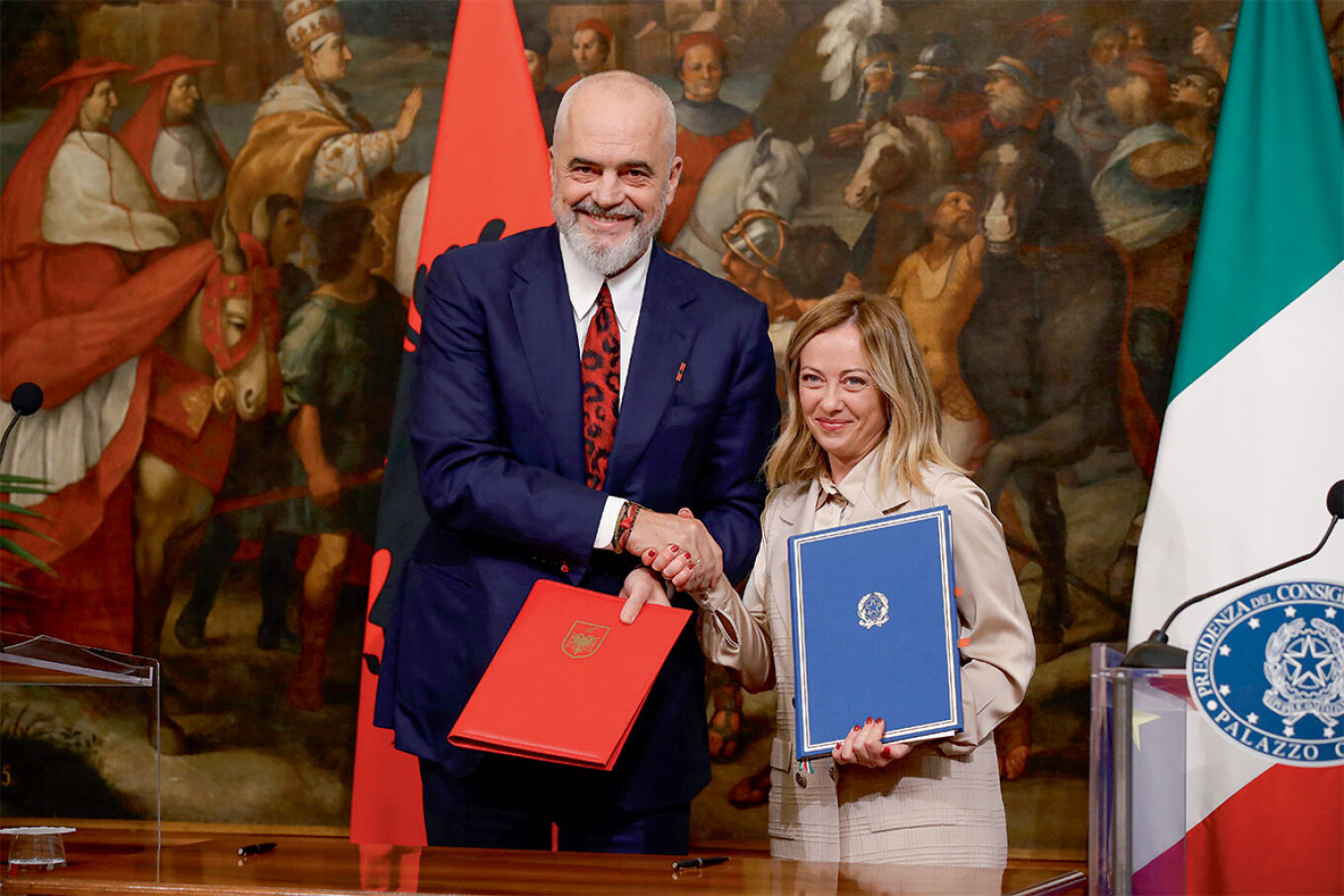
What the Agreement Entails
In the closed reception centers in Northern Albania, the cases of migrants transferred from Italy, who come from so-called “safe countries,” will be processed. Only those rescued by the Italian Navy, Coast Guard, and Financial Police will be included, not those saved by NGO vessels or those who manage to reach Italian shores by boat.
At the Shengjin center, the identification process will be conducted exclusively for healthy men. Vulnerable individuals, including women, minors, abuse victims, and the sick—all under the term “vulnerable groups”—will remain in Italy so that their asylum requests can be examined there.
After the Shengjin hotspot, migrants will be taken to the Gjander center, 20 km inland, a former base of the Albanian Air Force, where the Italian authorities have established three facilities: two closed centers with 1,000 beds in 12-square-meter prefabricated houses, where asylum seekers will stay while awaiting the verdict of the Italian authorities. The third facility is a correctional institution with a capacity of 20 people for “special cases.”
The structures in Albania fall under Italian jurisdiction. They are guarded internally by Italians, while only external police monitoring is the responsibility of the Albanian authorities. Asylum requests will be processed through fast-track procedures to be completed within 28 days. Those whose requests are denied will be held until their repatriation. The agreement is for five years with an option for renewal. More than 300 Italian military personnel, doctors, nurses, judges, and administrative staff will work in the facilities.
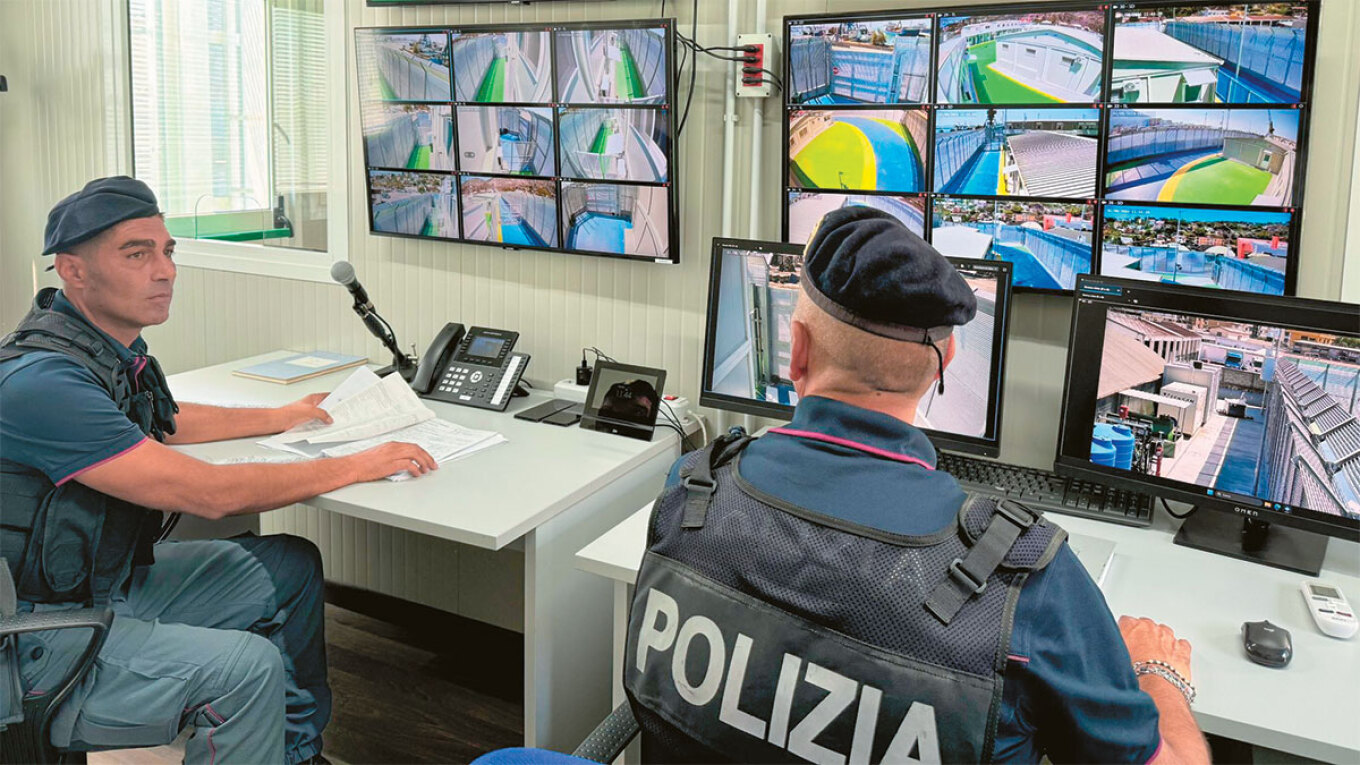
The Thorny Issues and the Greek Position
One significant sticking point relates to a ruling from the European Court of Justice: for a country to be deemed “safe,” it must not engage in “persecution, torture, or other inhumane treatment” of any individual. However, 15 of the 22 countries currently considered “safe” do not meet this criterion. Among these are Tunisia and Egypt, which are the primary sources of asylum seekers. Further legal complications are seen as inevitable.
On the other hand, concerning effectiveness, the initial results are not encouraging. In the first mission involving just 16 migrants, it was found that four of them did not meet the criteria stipulated in the agreement. Two were minors and two belonged to other vulnerable groups, so they were returned to Italy. A failure rate of around 25% is, to say the least, excessive.
The Greek stance on migration, both overall and specifically, is crystal clear. The Greek Prime Minister has repeatedly emphasized the need, within the framework of the implementation of the Pact on Migration and Asylum, to strengthen the countries of first reception for border security, along with increased EU funding. He also highlights the importance of accelerating returns and cooperating with third countries for this purpose. Regarding the Italy-Albania model, he is cautious. It is a bilateral agreement that is “interesting,” but it is not certain how it can be applied at the European level; first, its effectiveness must be evaluated.
The Side Benefits
Meanwhile, it seems that around the hotspots in Albania, various businesses have begun to emerge. Very close to the Shengjin center, a staunch supporter of Rama, who is also a fan of Meloni, opened a restaurant named… “Trattoria Meloni,” adorned with 70 portraits of the Italian Prime Minister, created by Helidon Haliti, a well-known Albanian painter.
This fact suggests that Albanians are looking for economic benefits from the operation of detention centers, revitalizing the local economy. Rama’s logic: he has even gone so far as to orchestrate the appropriation of Greek properties by party-affiliated squatters to advance grand tourism projects in Himara, relying on legislation from the Hoxha era, while simultaneously opening businesses with the Trump family.
EU Accession
At the same time, with grandiloquent rhetoric such as “for Albania, there is no other future, no other place, and no other way except our future in the EU,” he positions himself as the inspired leader who will guide his country to the European “paradise.” However, he is well aware that to overcome the obstacles on this path, he must genuinely—not in a virtual reality—reform his country.
The first batch of negotiation chapters concerns fundamental democratic and human rights, and the rule of law. Albania presents high levels of corruption, even at the government level, and poor performance regarding media freedom. These are, after all, common findings in assessments of the country by the Commission and the State Department last year. The commencement of accession negotiations provides a political escape route for Rama, who has elections coming up in a few months and is under internal pressure from the opposition led by the Democratic Party’s former Prime Minister Sali Berisha, who accuses him of politically silencing his critics through control of the judiciary and the media.
He himself defends Albania’s “pioneering” status among Western Balkan countries in aligning with the Common European Policy and pledges that by 2030, all necessary measures will be taken for his country to join the EU. Therefore, in addition to economic progress, he will have adequately addressed the scourge of corruption and organized crime. However, he sounds overly optimistic. While he boasts that all these developments bear his stamp as a visionary politician, he should also remember the caveats. Such as the fact that achieving the European dream passes through Athens. Among the conditions explicitly set after Albania’s EU accession application in 2009 was respect for the rights of the Greek minority.
The Greek side, through George Gerapetritis, has naturally expressed satisfaction with the positive development of Albania’s accession process. He noted that the text of the EU’s common position on the first batch of chapters concerning fundamental rights and the rule of law includes minority rights, clearly referencing the Greek national minority and its properties.
Rama’s ambitious vision for establishing a “Vatican of the Bektashis” in the western, underdeveloped side of Tirana also operates within a framework of balances and political gains. Utilizing the religious movement with characteristics of “mild Islam” is a strategic choice for the Albanian leader. It aligns with his attempt to present Albania as a center of significant processes to both the West and the East, with himself as the driving force behind them. If the plan succeeds, it will certainly become a major source of revenue for the country due to religious tourism.
At its core, this also serves personal electoral benefits. The liberal facade of the “Vatican of the Bektashis” does not negate the fact that Tirana will thus become an international center of Islamism. A question for Rama is how this will balance with Recep Tayyip Erdoğan. In their last meeting ten days ago in Tirana, it seems he achieved something. The Turkish president arrived bearing gifts of the famous kamikaze drones.
He also inaugurated the largest mosque in the Balkans, the 35-meter Namazgja, funded by Turkey. He further promised to immediately double the bilateral trade to €2 billion and repeatedly referred to Albanians as “brothers of the Turks.” And when he characterized the Israeli attacks on Gaza and Lebanon as “genocide,” he severely complicated the position of his interlocutor, who could only respond that in discussions about the necessary solution of two independent states, Hamas has no place. Such is the fabric of the Albanian leader. A friend to all. With Bill Clinton, Joe Biden, as well as Donald Trump. A friend of Erdoğan and a “grateful friend” to Meloni and Italy.
Source: protothema.gr
Διαβάστε όλες τις τελευταίες Ειδήσεις από την Ελλάδα και τον Κόσμο





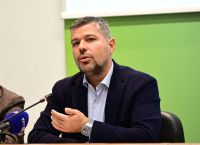

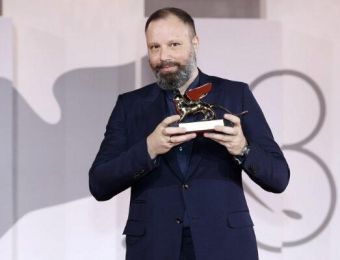
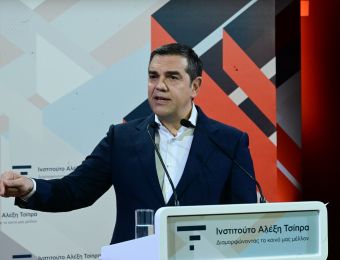
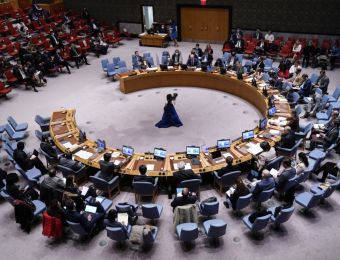

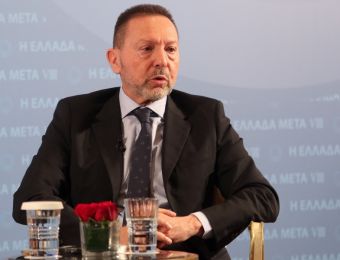
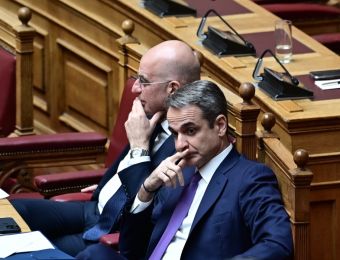

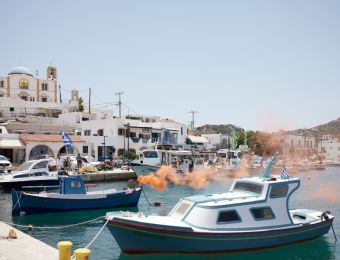
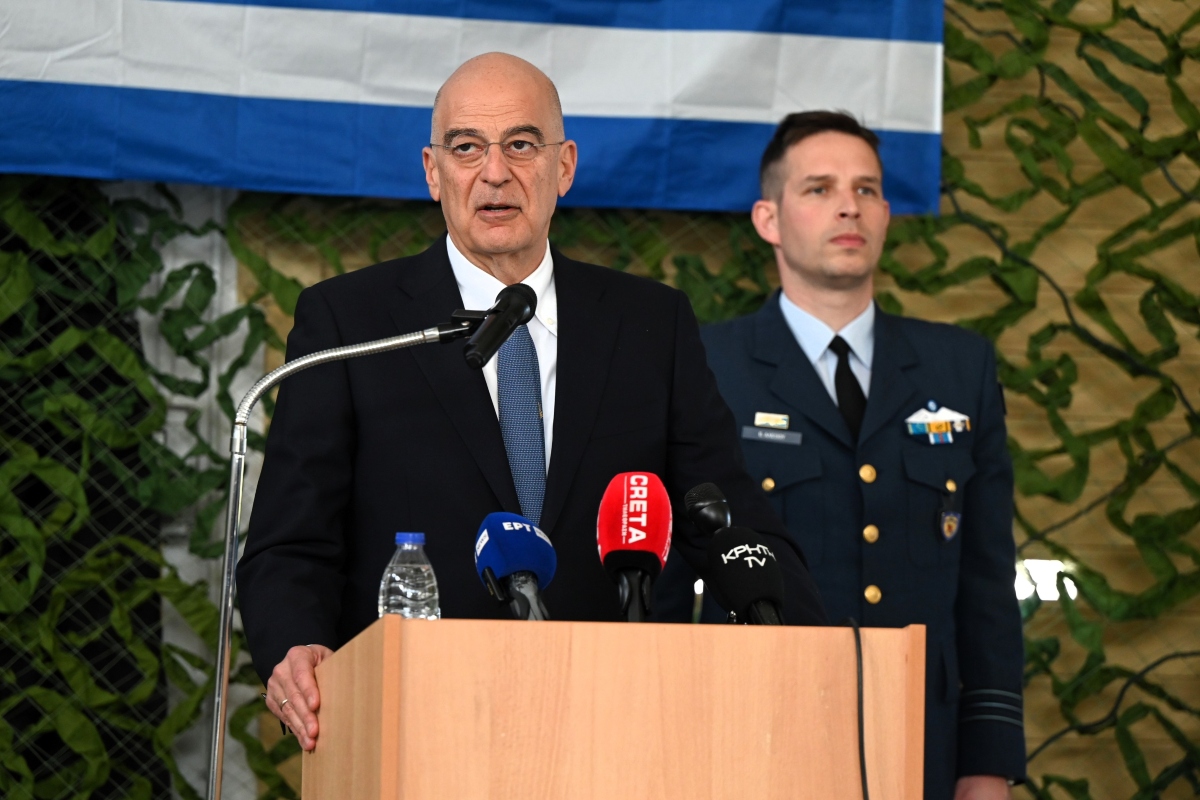
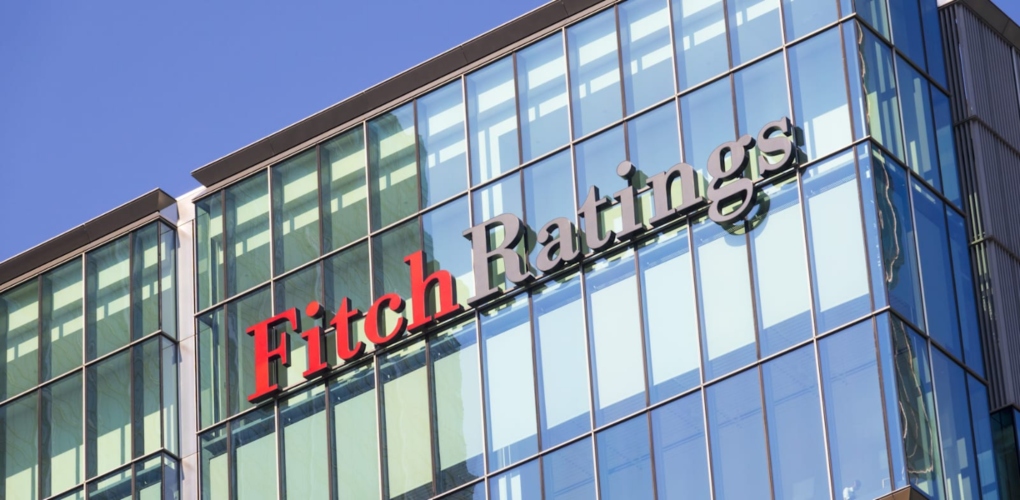

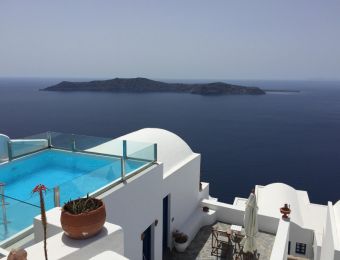

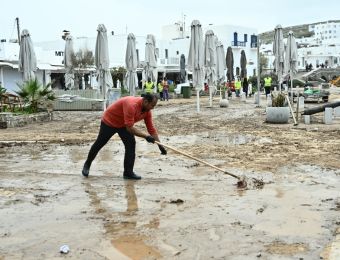

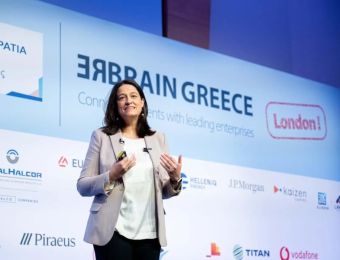
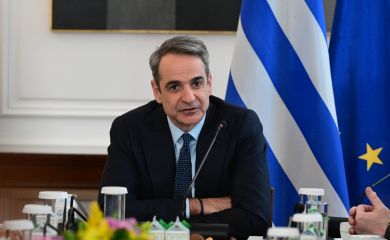
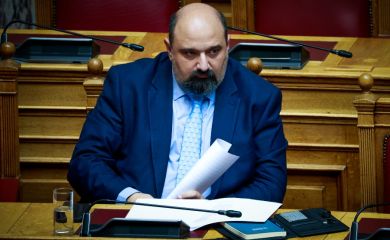
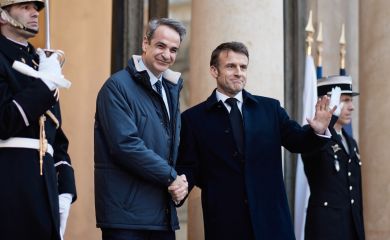
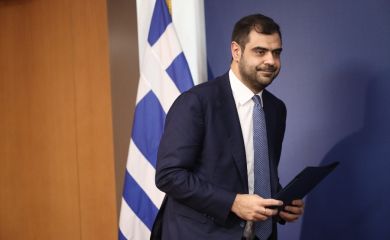
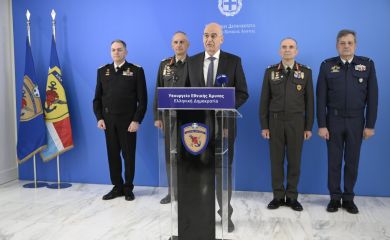
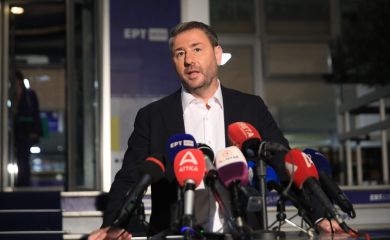
Το σχόλιο σας